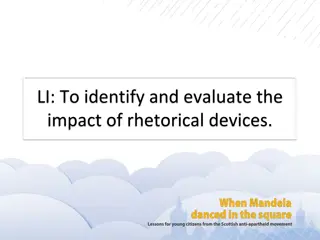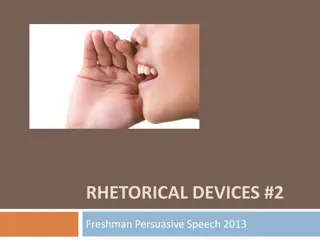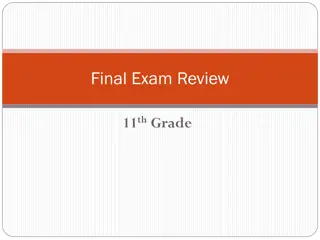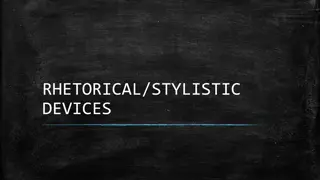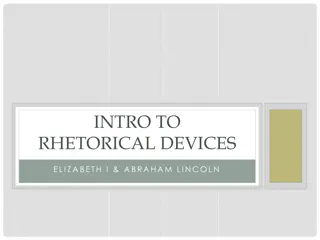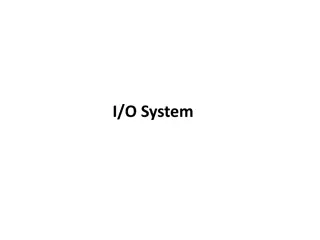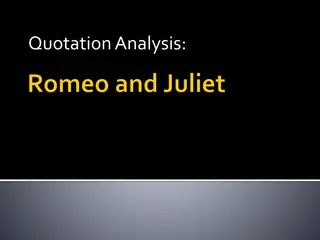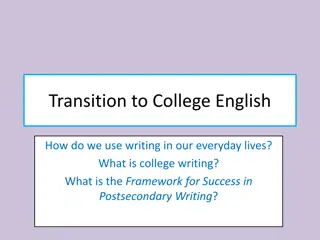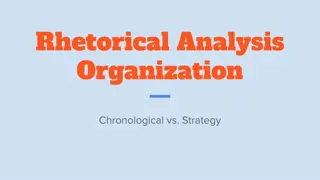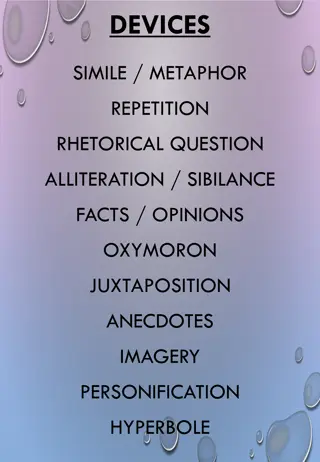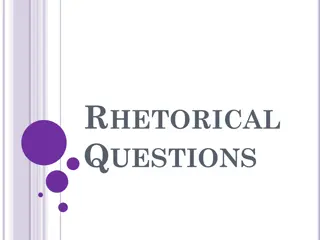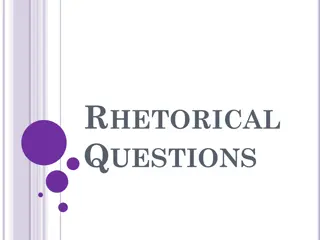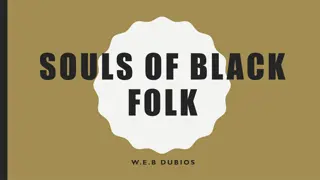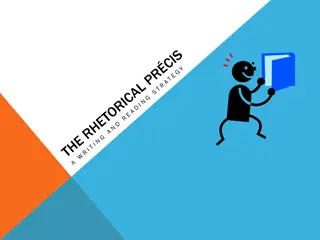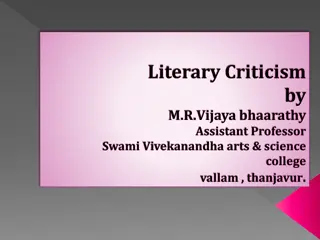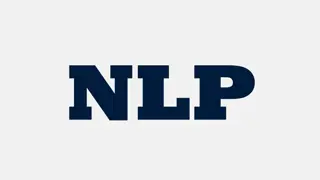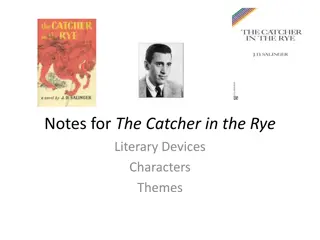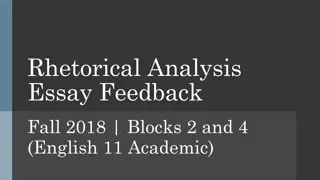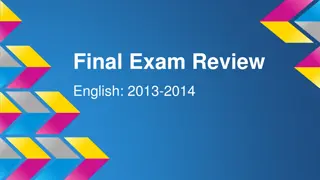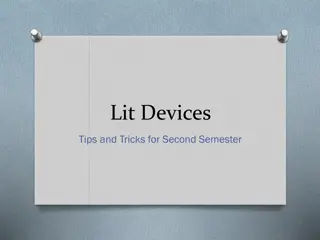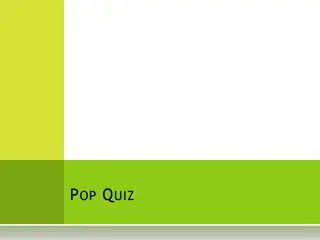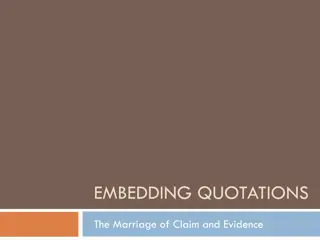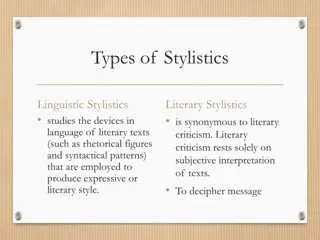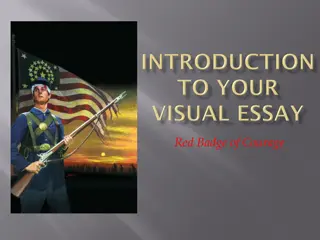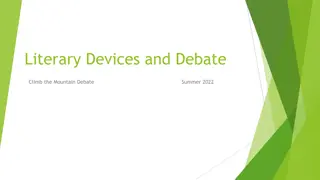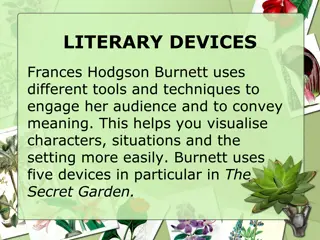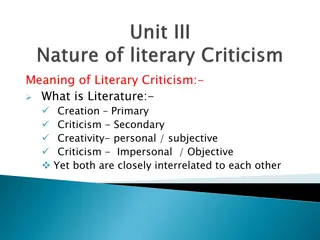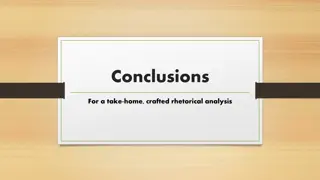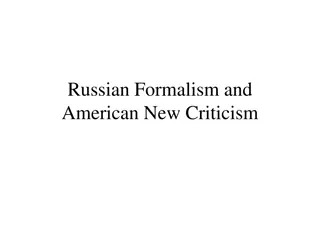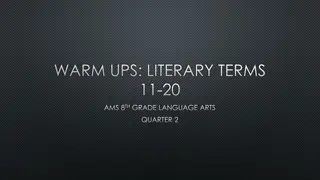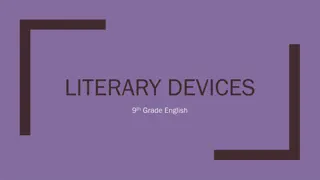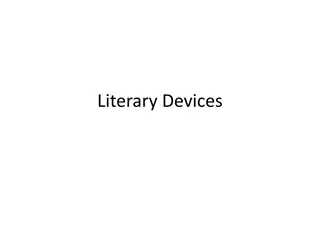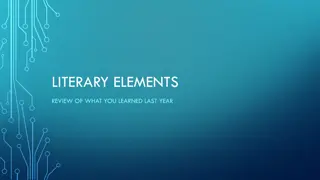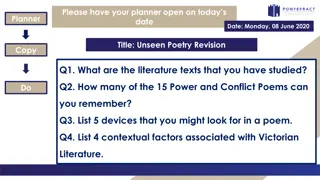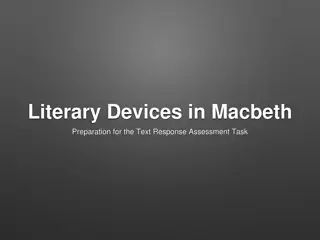Exploring Rhetorical Devices: An Analysis Through Literary Examples
Delve into the art of rhetorical devices through captivating examples from renowned literary works. Discover the power of techniques like anadiplosis, anaphora, and apostrophe as they enhance the beauty and impact of language. Uncover how repetition at strategic points can create rhythm, emphasize key points, and evoke strong emotions in readers.
Download Presentation

Please find below an Image/Link to download the presentation.
The content on the website is provided AS IS for your information and personal use only. It may not be sold, licensed, or shared on other websites without obtaining consent from the author. Download presentation by click this link. If you encounter any issues during the download, it is possible that the publisher has removed the file from their server.
E N D
Presentation Transcript
RHETORICAL DEVICES ENG 101 *ALL MATERIAL TAKEN FROM VIRTUAL SALT
FIND THE PATTERN This treatment plant has a record of uncommon reliability, a reliability envied by every other water treatment facility on the coast. Pleasure might cause her read, reading might make her know,/Knowledge might pity win, and pity grace obtain . . . . --Philip Sidney
WHAT & WHY ANADIPLOSIS repeats the last word of one phrase, clause, or sentence at or very near the beginning of the next. Pleasure might cause her read, reading might make her know,/Knowledge might pity win, and pity grace obtain --Philip Sidney WHY? - for the sake of beauty or to give a sense of logical progression
FIND THE PATTERN Not time, not money, not laws, but willing diligence will get this done. To think on death it is a misery,/ To think on life it is a vanity;/ To think on the world verily it is,/ To think that here man hath no perfect bliss. --Peacham
WHAT & WHY ANAPHORA repeats the same word or words at the beginning of successive phrases, clauses, or sentences Not time, not money, not laws, but willing diligence will get this done. WHY? it creates climax and parallelism
FIND THE PATTERN But all such reasons notwithstanding, dear reader, does not the cost in lives persuade you by itself that we must do something immediately about the situation? O books who alone are liberal and free, who give to all who ask of you and enfranchise all who serve you faithfully! -- Richard de Bury
WHAT & WHY APOSTROPHE interrupts the discussion or discourse and addresses directly a person or personified thing, either present or absent. O books who alone are liberal and free, who give to all who ask of you and enfranchise all who serve you faithfully! -- Richard de Bury WHY? it gives vent to or displays intense emotion
FIND THE PATTERN She likes pickles, olives, raisins, dates, pretzels. He was a winner, a hero.
WHAT & WHY ASYNDETON consists of omitting conjunctions between words, phrases, or clauses. He was a winner, a hero. (Not He was a winner, and a hero. ) WHY? gives the effect of unpremeditated range, of an extemporaneous rather than a labored account
FIND THE PATTERN The water, like a witch's oils, / Burnt green, and blue, and white. --S. T. Coleridge [He] pursues his way, / And swims, or sinks, or wades, or creeps, or flies. --John Milton
WHAT & WHY POLYSYNDETON is the use of a conjunction between each word, phrase, or clause, and is thus structurally the opposite of asyndeton. The water, like a witch's oils, / Burnt green, and blue, and white. --S. T. Coleridge WHY? feeling of range, energetic enumeration, and building up
FIND THE PATTERN Just as the term "menial" does not apply to any honest labor, so no dishonest work can be called "prestigious. What is learned unwillingly is gladly forgotten.
WHAT & WHY CHIASMUS "reverse parallelism" in which the second part of a grammatical construction is balanced or paralleled by the first part, only in reverse order. What is learned unwillingly is gladly forgotten. Antimetabole: Ask not what you can do for rhetoric, but what rhetoric can do for you. WHY? adds balance and interest
FIND THE PATTERN We will do it, I tell you; we will do it. We give thanks to Thee, 0 God, we give thanks . . . . --Psalm 75:1
WHAT & WHY DIACOPE is the repetition of a word or phrase after an intervening word or phrase. We will do it; yes, we will do it. WHY? for emphasis
FIND THE PATTERN The best way to describe this portion of South America is lush, lush, lush. Polonius: "What are you reading?" Hamlet: "Words, words, words."
WHAT & WHY EPIZEUXIS is the repetition of one word. The best way to describe this portion of South America is lush, lush, lush. WHY? for emphasis
FIND THE PATTERN I love her eyes, her hair, her nose, her cheeks, her lips [etc.]. When the new highway opened, more than just the motels and restaurants prospered. The stores noted a substantial increase in sales, more people began moving to town, a new dairy farm was started, the old Main Street Theater doubled its showings and put up a new building . . . .
WHAT & WHY ENUMERATIO enumerates, detailing parts, causes, effects, or consequences. I love her eyes, her hair, her nose, her cheeks, her lips [etc.]. WHY? to make a point more forcibly
FIND THE PATTERN To report that your committee is still investigating the matter is to tell me that you have nothing to report. The theory sounds all wrong; but if the machine works, we cannot worry about theory.
WHAT & WHY EPANALEPSIS repeats the beginning word of a clause or sentence at the end. To report that your committee is still investigating the matter is to tell me that you have nothing to report. WHY? The beginning and the end are the two positions of strongest emphasis in a sentence, so by having the same word in both places, you call special attention to it
RHETORICAL DEVICES WHAT WE KNOW: Anadiplosis Anaphora Apsotrophe Asyndeton Diacope Epanalepsis Enumeratio Epizeuxis Chiasmus Polysyndeton Asyndeton WHAT WE NEED TO KNOW: Hypophora Rhetorical question Eponym Understatement Analogy Scesis Onomaton Add to your notes:


